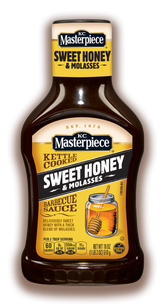No grill? No problem. Get amazing barbecue flavor with your oven right in the great indoors.
Roasting is a dry cooking technique that involves baking uncovered food in an oven with temperatures of at least 300°F. The hot air surrounds the food and cooks it evenly on all sides. It’s a relatively easy and hands-off technique, as your oven does most of the work. The result? Deeply delicious meats and vegetables with a caramelized flavor and a browned surface.
Always make sure you cook to USDA-recommended safe internal temperatures. Want to know more? Check out the USDA’s official food safety education site.
- Roasting works best for cooking larger cuts of meat (e.g., beef loin), poultry (whole chickens) and fish (large salmon fillets).
- Do not poke a hole or puncture your meat or poultry while it’s roasting. Doing so will break the skin and caramelized seal, preventing the meat from retaining the roast’s natural juices.
- Do not cut your meat immediately after it’s removed from the oven. Let it rest for at least 10 minutes to allow the juices to redistribute. Slicing into your roast too soon will cause all the juices to pour out, resulting in dry meat.
- A heavy roasting pan works best, especially one with low sides, which allows more evenly distributed heat into your dish.
- To make sure your chickens, turkeys and roasts hold their shape as they cook, tie them with butchers twine before cooking. Twine can be purchased at cookware and hardware stores or most large supermarkets.
- Don’t forget a meat thermometer. It is an essential roasting tool to ensure perfectly cooked meat.
- Cook larger cuts of meat at lower oven temperatures, such as 250°F to 375°F, to ensure they cook evenly and slowly. Cook smaller cuts of meat at higher temperatures above 400°F.
- To prevent overcooking your roast, use an instant-read or digital meat thermometer to check internal temperature.
